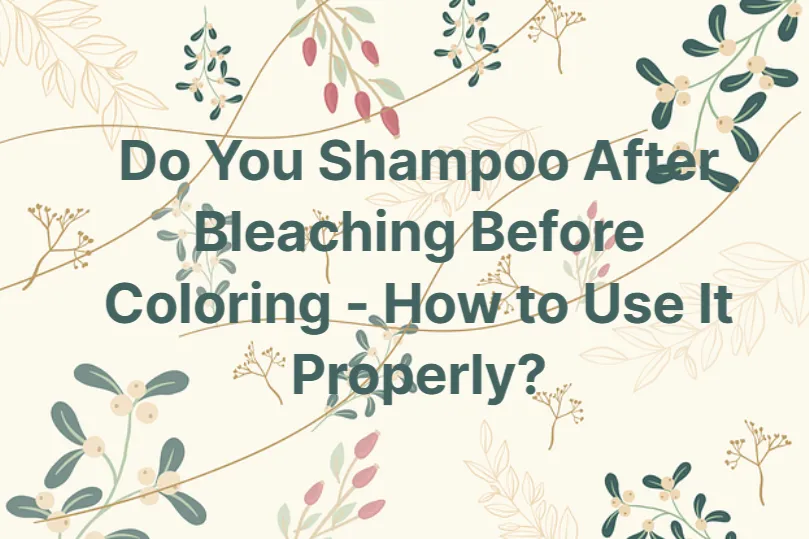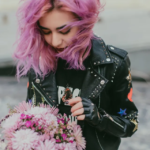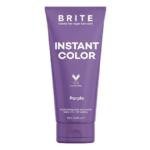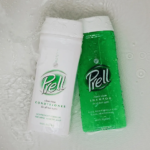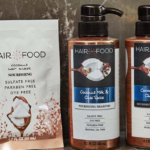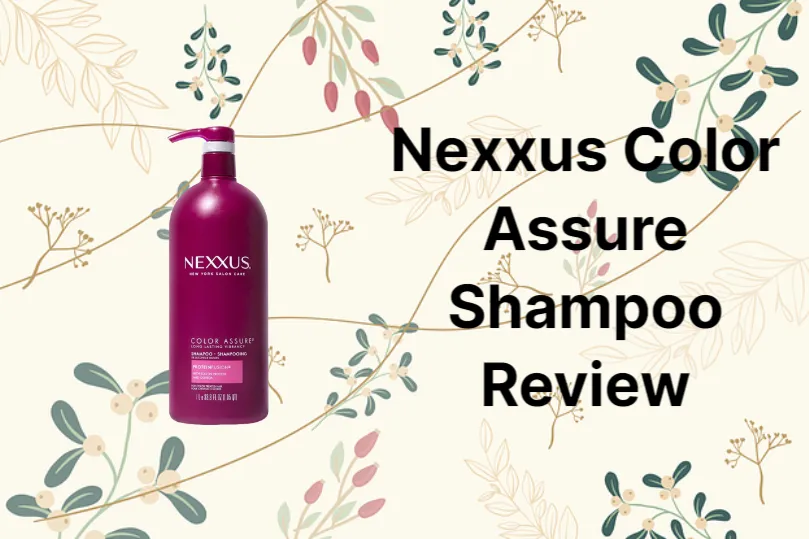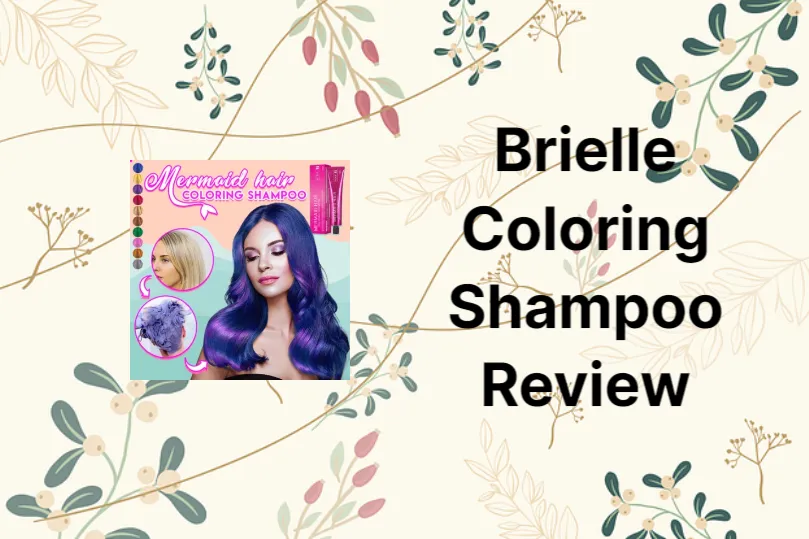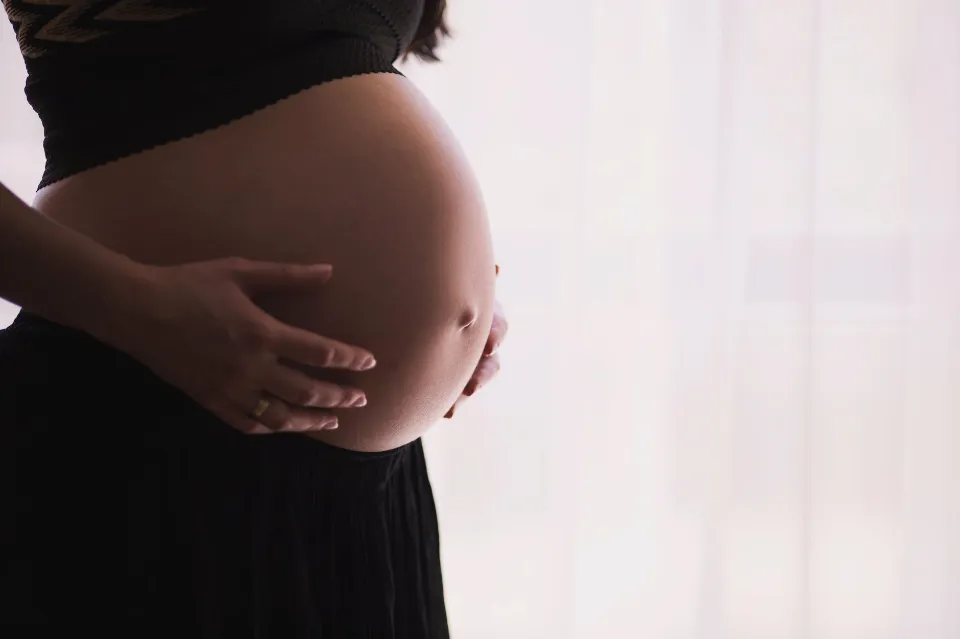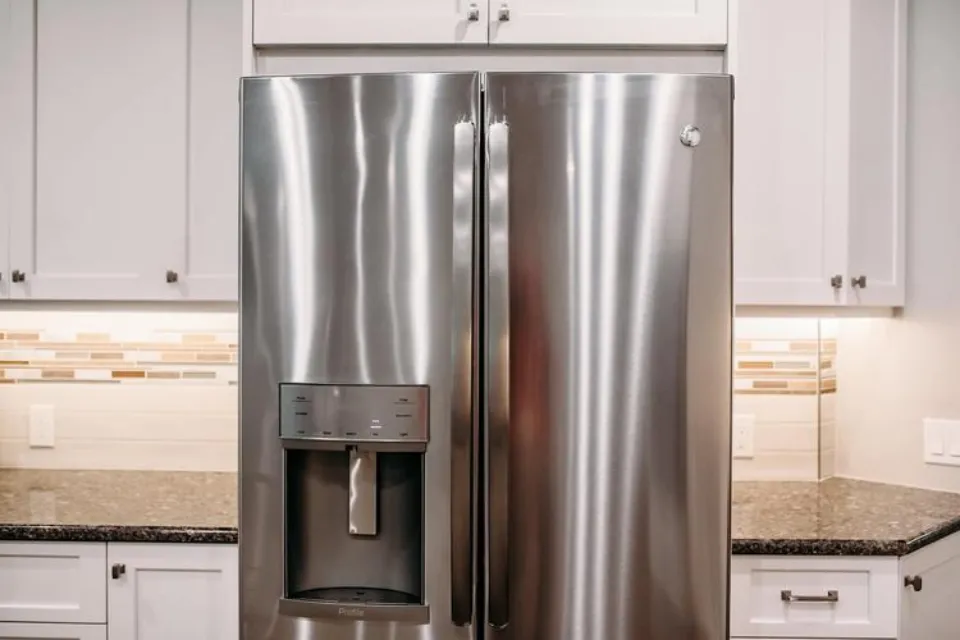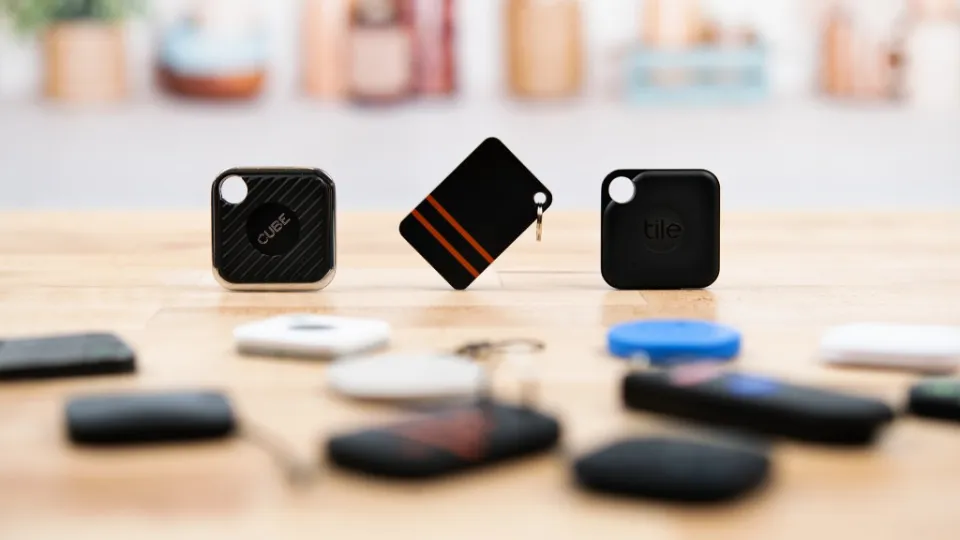The opportunity to save some money by bleaching at home is quite alluring. However, there is a risk involved because bleaching products have the potential to harm your hair if used improperly or cause uneven bleaching.
The first week after bleaching, it is best to avoid shampooing and instead use a conditioner to clean your hair.
Is It a Must to Shampoo Hair After Bleaching before Toning?
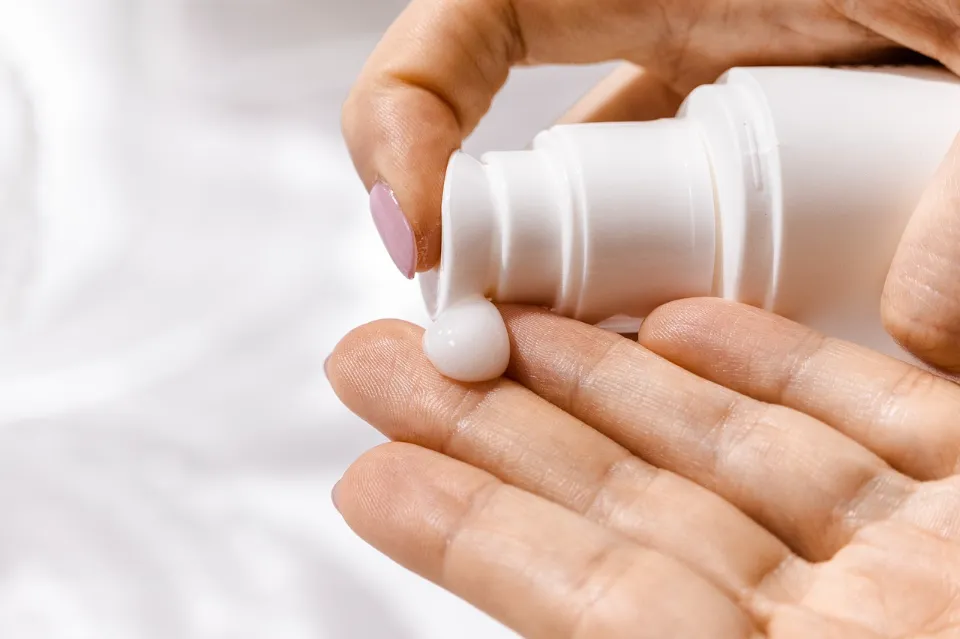
To get rid of any bleach residue left on the hair after bleaching, you must shampoo the hair first, then tone. While you are able to tone your hair with plain water as well, shampooing is required to ensure that the bleach is thoroughly removed. The toner will be useless if bleach is not completely eliminated. As a result, use toner after washing and bleach-freeing bleached hair.
After bleaching, use caution when shampooing your hair to prevent hair fading. To give the color time to settle in, shampoo your hair after bleaching, tone it, and wait at least 72 hours before washing it again.
Do You Shampoo Before Bleaching?
Before bleaching, you shouldn’t wash your hair because doing so will remove the natural oils that the scalp needs to protect itself.
The Bleaching Process
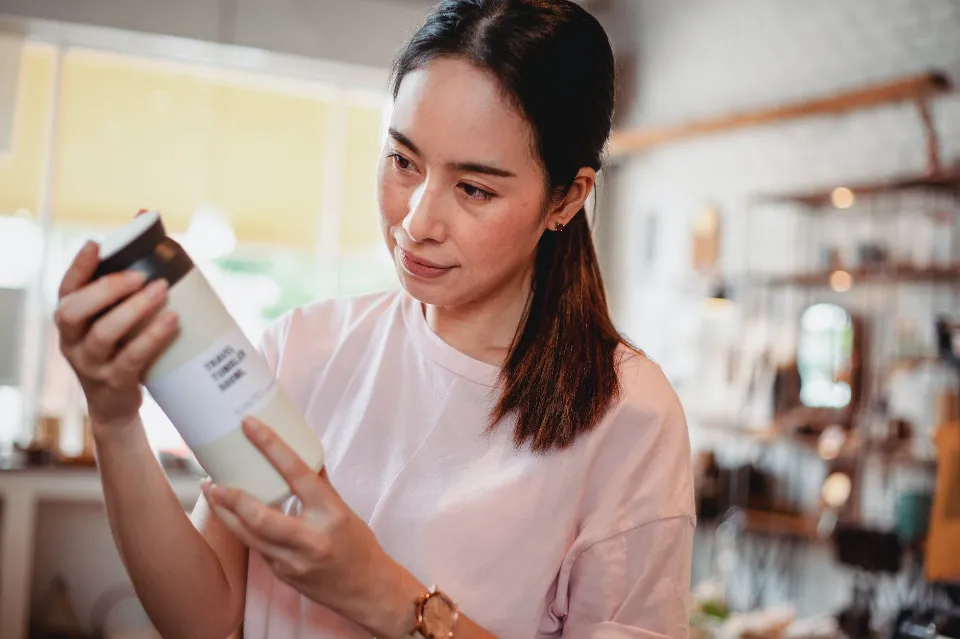
Using bleaching agents, bleaching is the process of lightening hair color. The chromophores, or the colorful portion of the melanin molecule, are changed by hydrogen peroxide, which is a component of hair products, by increasing the number of carbon-oxygen bonds in the chromophores.
Your hair swells during the bleaching procedure, and the cuticles open to let the treatment reach the hair shaft.
A dry and rough texture results from the weakening of the cuticles. In addition to opening the cuticles, the shampoo makes sure that the bleach is properly cleaned away.
Toning
The brassy tones are removed and the hair color is corrected after bleaching, leaving it with a gorgeous appearance. Using toning, for instance, will turn your bright yellow hair platinum blonde.
The best results can be achieved by toning bleached hair because the shade is already close to what you want. Only your desired shade of light or dark hair will be affected by the toner.
The bleach must be completely removed from your hair with a shampoo before toning; otherwise, the toner won’t absorb properly, leaving your hair unevenly toned.
Should I Use Shampoo and Condition Before Toning?
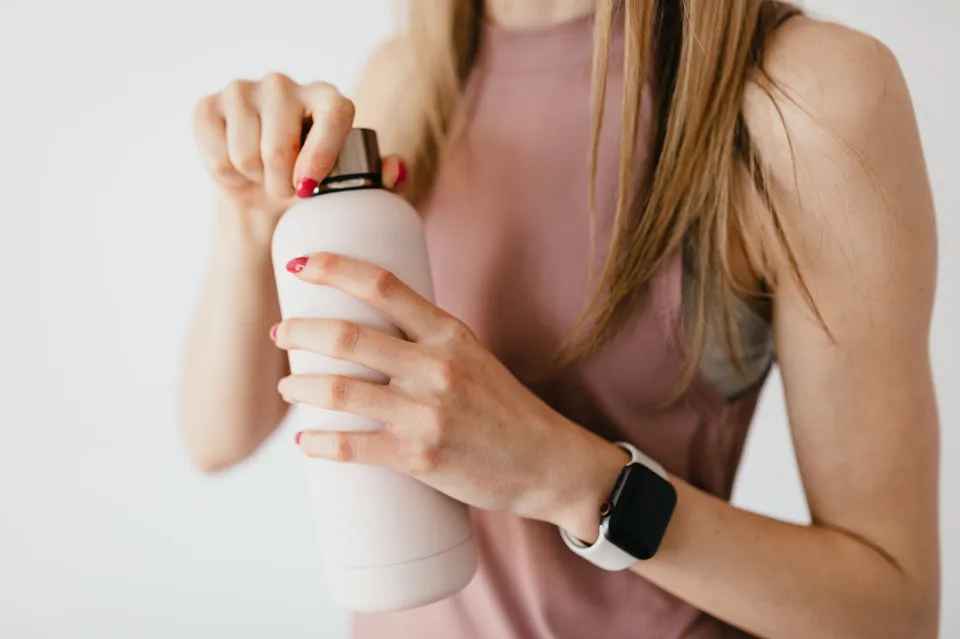
After bleaching and before toning, it can be tempting to condition your hair because it may feel dry and brittle.
For the toner to penetrate your hair shaft and tone the bleached hair color, the cuticles must be open. Because the conditioner will make the cuticles slick and sealed, the toner won’t be properly absorbed.
The best method to seal in moisture and color would be to use bleach, shampoo, tone, and conditioner.
Risks of Bleaching and Dyeing Hair on the Same Day
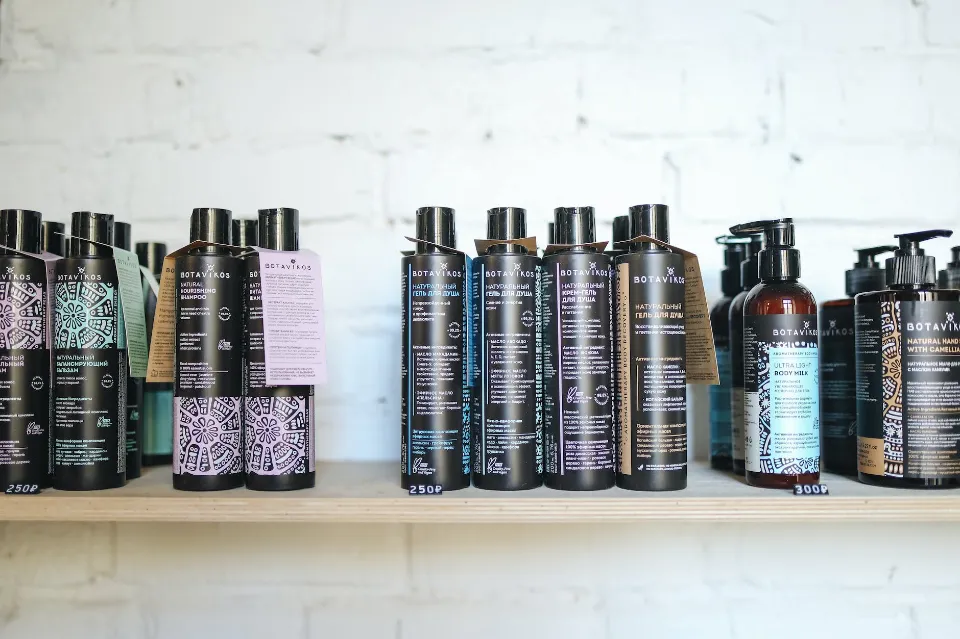
Even if your hair strands are already in generally good condition and you’re bleaching virgin hair, bleaching your hair puts a lot of strain on them.
This is due to the fact that bleaching can cause the hair’s cuticles to open, which can cause hair to become dry, frizzy, and brittle.
The hair is also exposed to environmental stress and heat styling.
By raising the cuticle and applying more drying chemicals to your head, coloring your hair with a permanent dye accomplishes the same result.
You shouldn’t use two chemical processes in one day, just as it’s never advised to leave hair dye in longer than recommended.
This is simply too much for your hair to handle, and depending on its general health, texture, and porosity, it might result in dry, brittle hair and breakage that might cause hair loss.
You might also believe that diluting hair dye with conditioner will prevent the damage, but sadly, it doesn’t work that way.
One thing to keep in mind is that bleaching raises the cuticles on your hair, making it more porous.
Your cuticles are open, which makes it easy for hair color to penetrate but also simple for it to fade. It’s best to first give your hair some time to recover.
Many people wait between two and a month after bleaching their hair before coloring it. Your hair’s condition will be a factor, but the longer you can hold off, the better.
Perhaps even dying your hair is not necessary. It’s possible that a toner will enable you to achieve the desired shade without the use of dye.
How to Bleach Your Hair at Home?
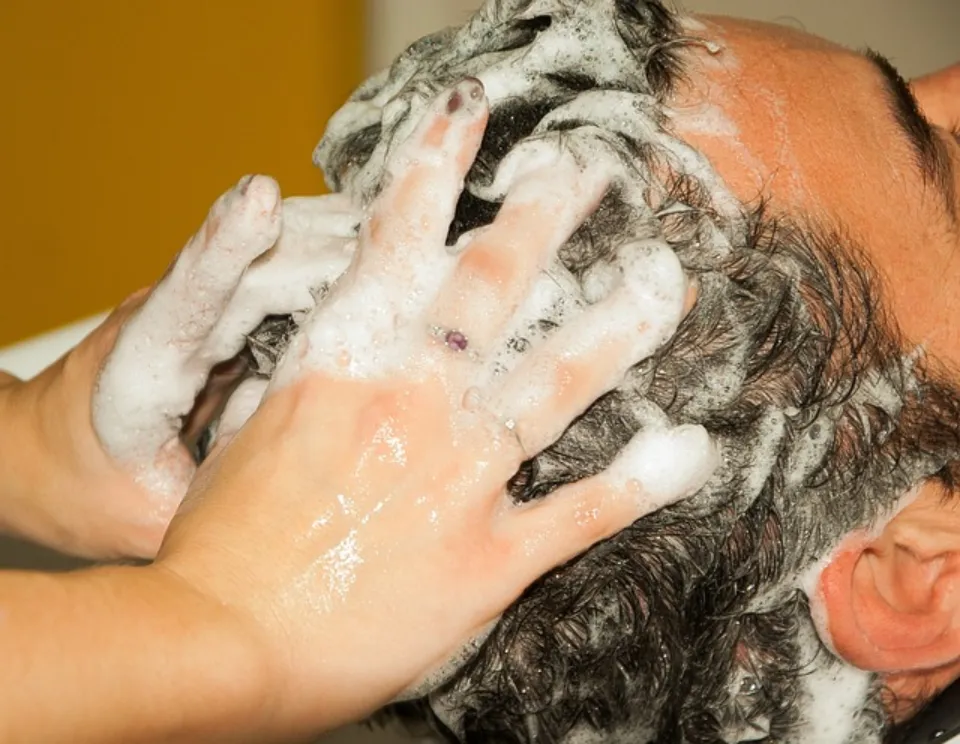
Do a patch test first if you intend to bleach and dye your hair on the same day.
To lower the chance of an allergic reaction, this is done.
Do a patch test by applying a small amount of the product to the inside of your elbow and letting it dry. adhere to the directions on the packet.
Use of the dye should be avoided if you experience any rashes or other health issues.
Step 1. Get Set Up
Ensure that you have everything you require on hand. Here’s a list of what you’ll need:
- Hair bleaching kit of choice
- An old T-shirt to wear
- An old towel
- Hair clips
- Shampoo
- Timer
- Dye brush and bowl
- Something to wipe up stains with
Dry shampoo and styling products should not be present in your hair, nor should it be dirty or oily. Wet hair is more delicate than dry hair, and bleaching it could result in color irregularities. (Read More: Is Dry Shampoo Damage Your Hair)
The scalp will be better protected if you wait longer between washes than usual if your roots are a little oily.
Read Also: Does Dry Shampoo Cause Hair Loss?
Step 2. Section Up Your Hair
To help you evenly apply the bleach, clip your hair into four sections.
As you apply, divide each section into smaller sections to make sure the hair is completely covered.
Step 3. Mix Your Ingredients
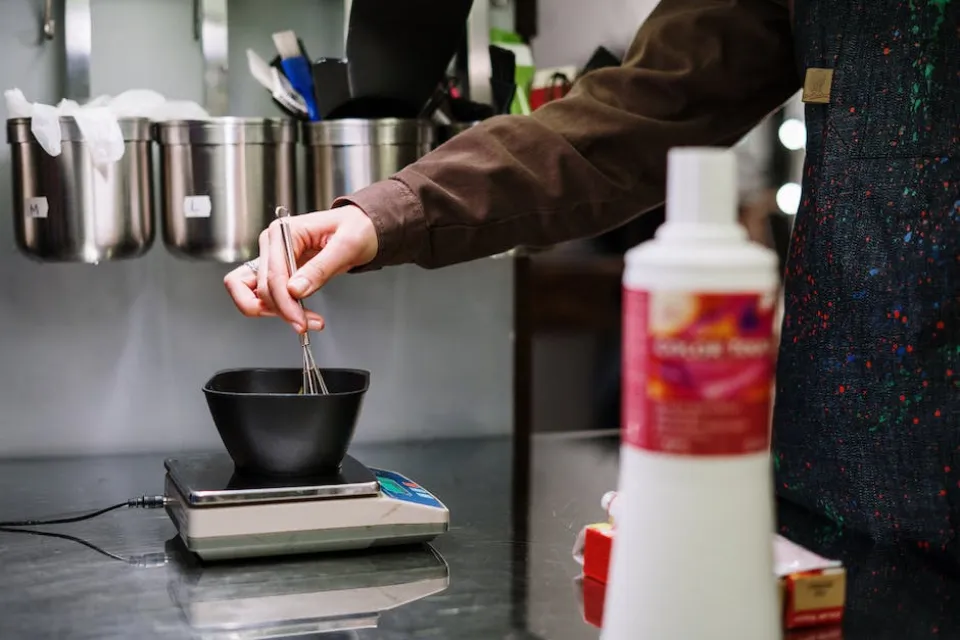
The manufacturer’s instructions should be followed when mixing developer and bleaching powder. Check to see if the developer hasn’t expired or is still sealed.
To protect your skin, put on your protective gloves. Ensure that surfaces are shielded so that hair dye doesn’t stain carpets.
Step 4. Start Applying Bleach
For the best results, combine a mixing bowl with a brush. Down the length of the hair section, begin bleaching 1 inch from the scalp.
This is because bleach will appear lighter at the roots if you begin there because the heat from the scalp causes bleach to process there more quickly.
After finishing the rest of the hair, start over at the roots.
Step 5. Let the Bleach Process
Bleach can take up to 30 minutes to process, depending on the type and state of your hair. obey the directions on the package.
Bleach should not be left on your hair for more than 30 minutes because it can harm your hair.
Step 6. Wash Hair Thoroughly
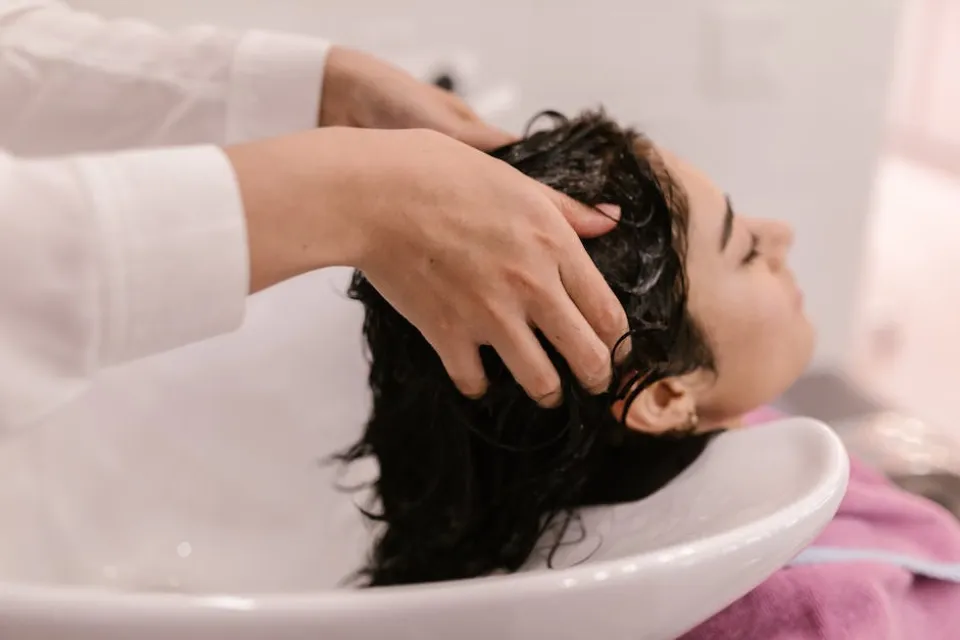
When the timer goes off, shampoo and thoroughly rinse your hair to get all of the bleach out.
Use a toner after washing your hair and towel-drying it if you intend to use one right away.
Follow the directions on the pack and apply to damp hair.
Step 7. Use a Hydrating Hair Mask
These are a common feature of at-home kits. Bleaching is very hard on the hair, and you need to start the healing process right away, so make sure you use it.
Especially if you’re going to bleach and dye your hair on the same day.
Read More: Should You Use The Hair Mask Before or After Shampoo?
Step 8. Dry Your Hair
As dye must be applied to dry hair, this is crucial if you intend to dye your hair that same day.
How Long Should You Wait to Wash Your Hair After Bleaching?
Before washing your hair after bleaching it, give it at least 48 to 72 hours. This allows your hair to fully absorb the new color.
Use a mixture of protein- and moisture-rich shampoos and conditioners after that. Avoid overusing either, and avoid going too long between washes as this can result in dry, brittle ends.
After coloring your hair, you can trim it seven days later to help seal the ends.
Conclusion
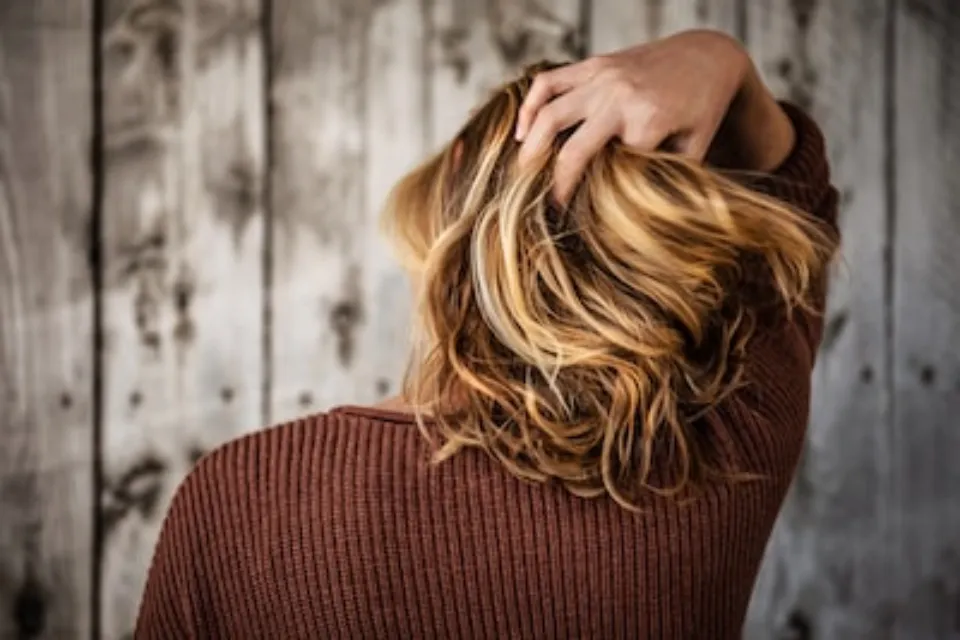
Like that old broomstick you just threw out, hair that has been overly bleached without care ends up looking damaged, dry, and lifeless. You can bleach your hair without seriously harming it by adhering to a few easy hair care guidelines. In order to maintain the beauty and health of your bleached hair, you must take care of it.
After bleaching your hair, maintaining its health requires time, patience, and effort, just like with everything else that matters in life. This is so that bleaching agents can remove the pigments in your hair from the inside by penetrating the hair strands.
Check Our Hair Products Reviews!
FAQs
Do I Need to Shampoo My Hair After Bleaching and before Coloring?
Your hair is cleaned and washed after bleaching, and then toning follows. So that the actual color payoff is not hampered by buildup. Additionally, particularly when using a paint-on technique like balayage, clean hair can make things more challenging for your hair colorist.
Do You Rinse Or Shampoo After Bleaching?
Once you’ve achieved the lift you want, or after 45 minutes, thoroughly rinse out with warm water to protect your hair. After thoroughly washing the bleach out of your hair with lukewarm water, apply shampoo and wash your hair as gently as possible.
Should I Use Conditioner After Bleaching before Coloring?
In addition to other things, these chemicals can result in split ends, hair loss, breakage, and a dry, itchy scalp. Hair needs conditioners to stay hydrated and smooth. You should therefore condition your hair before coloring it to prevent chemical damage.

